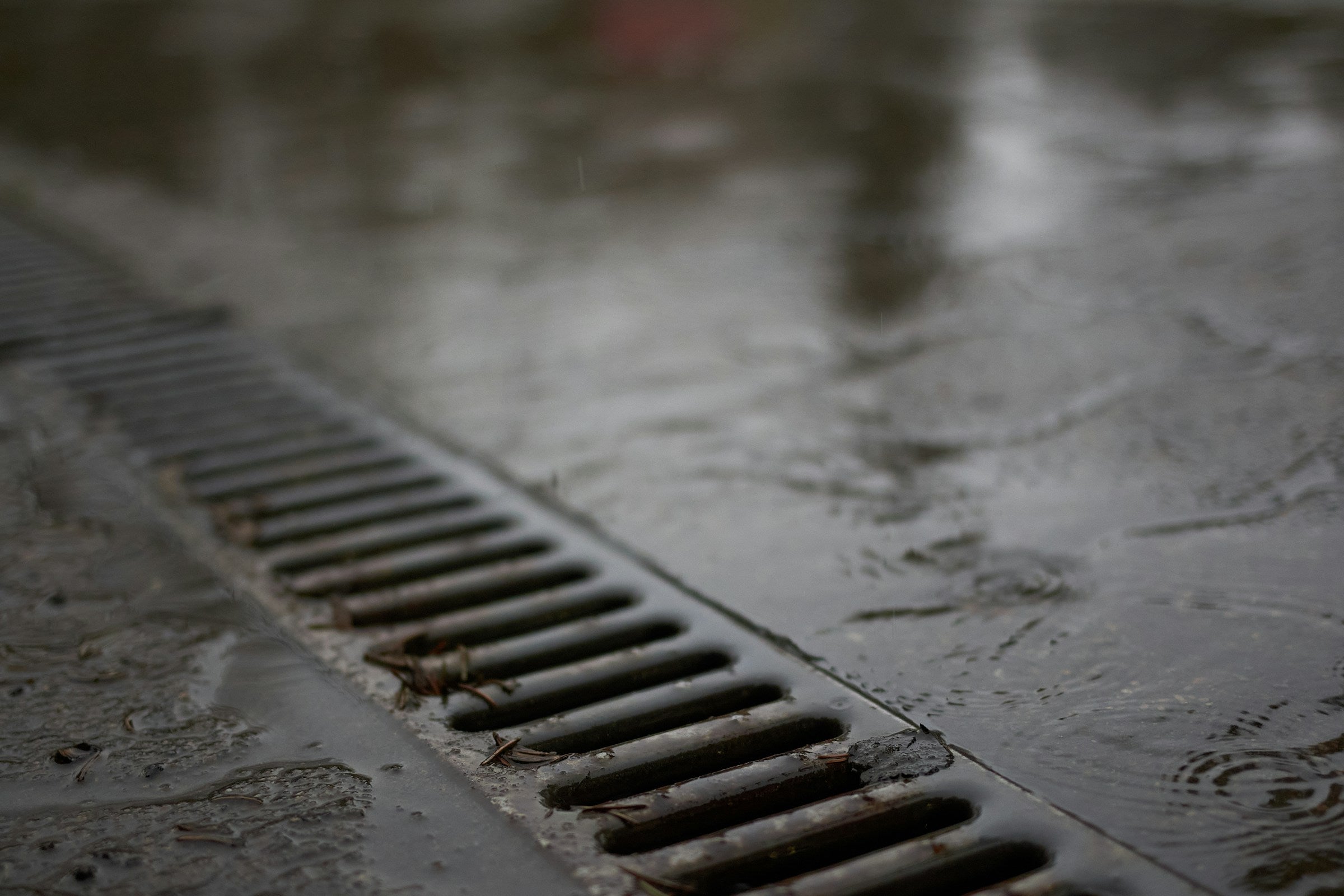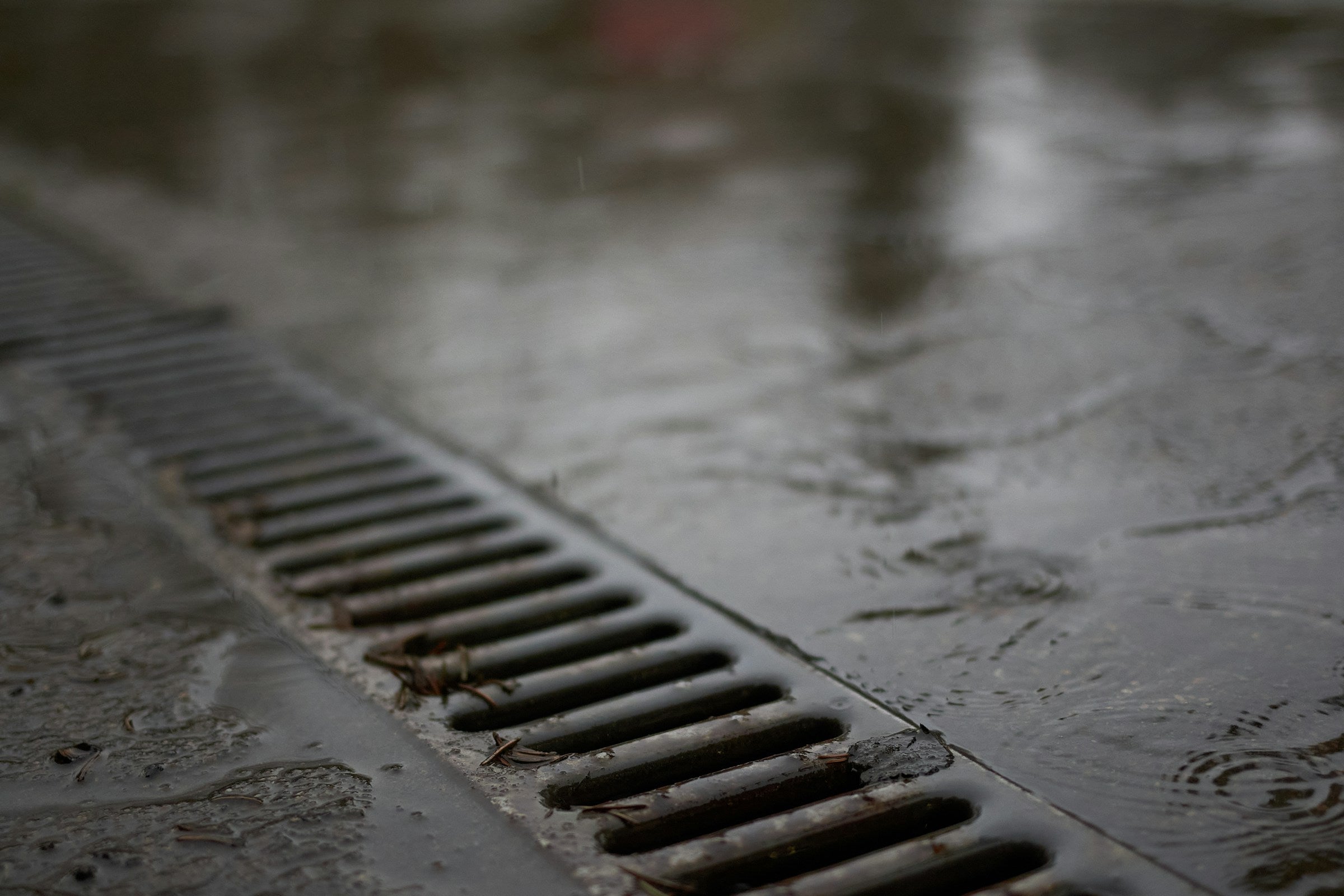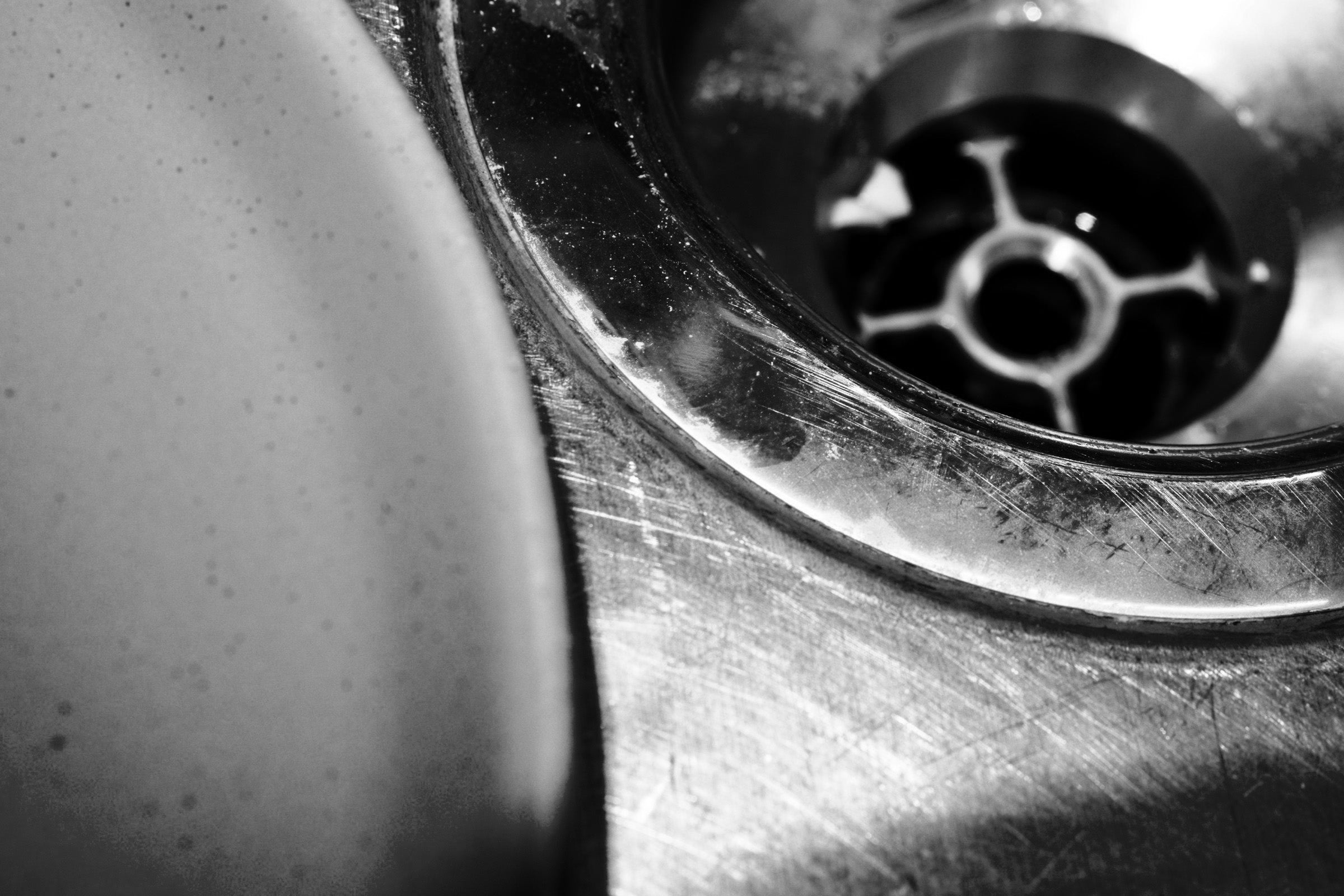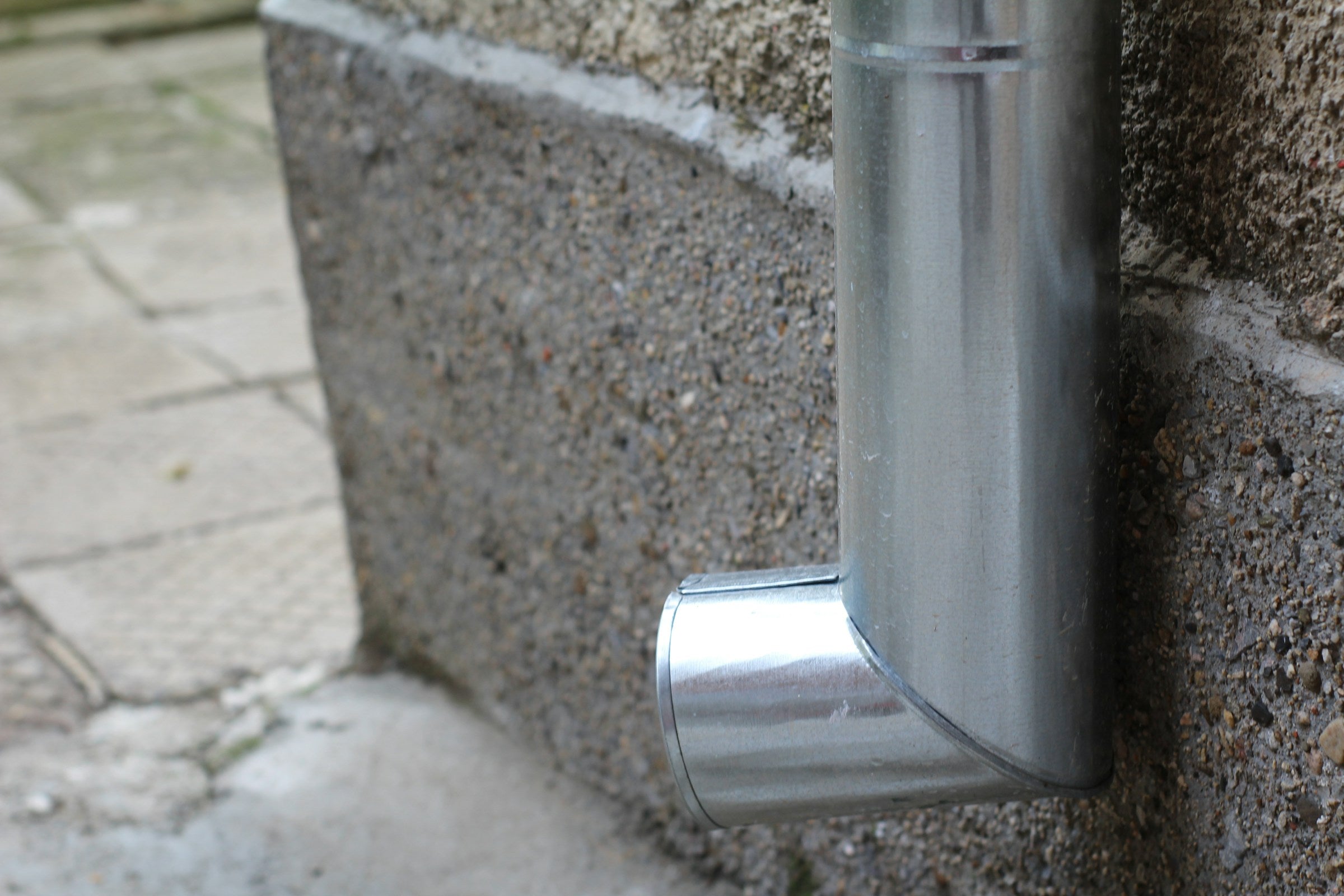
- by TORCHSTAR CORP
Pre-Move-In Sewer & Drainage Guide
- by TORCHSTAR CORP
What to Check Before Living in an Older Home
Common Problems in Aging Sewer & Drainage Systems
Drainage and sewer lines show predictable wear as they age. Typical problems include:


What Should Do Before Moving In
A few simple observations can help you detect early signs of drainage issues. Before move-in:
What Drainage Professionals Should Professionally Inspect
Only specialized equipment can reveal the true condition of a home’s sewer line. A drainage professional should:

Final Checklist for a Reliable Drainage System
Fill out the form below and our team will get back to you within 24 hours.
Thank you for reaching out. We have received your message and will be in touch shortly.
Share:
Pre-Move-In Whole-Home Essentials
Pre-Move-In Plumbing Guide